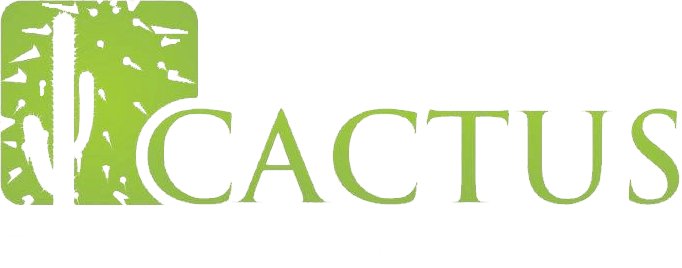
When you’re saving for the future, one of the key questions to answer is where you’ll place the money. Should you invest? If you do, what type of investment is right for you? It can be difficult to decide what to do and one of the first places to get started is to get to grips with the different asset classes.
First, though, what is an asset class? It’s the term used to describe a group of securities or investments that are financially similar. Your investment portfolio will typically include several different asset classes to spread risk through a strategy known as diversification, which we’ll look at more closely later on.
There are traditionally four asset classes:
1. Cash
Cash is the asset class that more people are more comfortable with.
This may include cash that is held in a current or savings account, ISA (Individual Savings Account), or Premium Bonds. It’s low risk; your money is secure. Under the Financial Services Compensation Scheme (FSCS), your money is protected up to a limit in the event of a provider collapsing too. Up to £85,000 is protected per person, per authorised bank or building society.
However, interest rates are currently low, and many accounts aren’t offering rates that allow you to keep pace with inflation. In real terms, this means your cash assets are losing value and your spending power is diminished over time.
2. Stocks and shares
Stocks and shares, also known as equities, represent a share of ownership in a company. The price of shares varies and are determined by many different factors. When those you hold rise, you can make a profit through selling. This, hopefully, allows you to build wealth in line with, or exceed, inflation.
On the risk scale, stocks and shares would usually be the highest. The shares purchased will fluctuate in value. This means your holdings may rise and fall. As a result, investing in stocks and shares should be considered as part of a long-term financial plan with a minimum time frame of five years. Historically, stocks and shares have delivered returns over the long term, but you do need to consider the possibility that they will fall in value.
3. Property
Property is another asset class the majority of people are aware of. For some, it’s appealing because it’s a tangible asset that you can actually see and you’re likely to purchase.
There are two options for creating an income from property: capital growth and rental income stream. The performance of property assets is dependent entirely on the market and you also need to factor in that you may have additional expenses, such as maintenance, to get the most out of your investment.
4. Bonds
You may have heard of bonds also being described as fixed-income securities. These are issued by governments and companies as a way to raise capital. The initial loan is returned over a defined period, with interest. Bonds can be bought and sold, and their popularity will be dependent on how well the company is doing.
Bonds aren’t risk-free and there is a chance that you’ll receive less back than you initially paid. They are, however, generally considered lower risk than investing in stocks and shares.
Diversification: Managing investment risk
We’ve already mentioned diversification, but what does that term actually mean?
Diversifying your investment portfolio is about striking the right balance between low and high-risk investment. Generally speaking, those that are considered higher risk have the potential to deliver greater returns. Most portfolios should have at least some of their assets held in low-risk investments, such as a Cash ISA.
However, how a portfolio should be split will depend on your personal situation and attitude to risk. Over time, how your portfolio is split should change to reflect life goals too. For example, if you’re a worker earning a regular income with long-term goals you may be more inclined to invest in asset classes that are considered high risk. Alternatively, if you’re approaching retirement, you may want to reduce risk to limit exposure to volatility.
As a result, there’s no single solution for how your portfolio should be split between different asset classes. You need to think about the level of investment volatility you’re comfortable with, how long you’ll be invested for, and other factors. This is an area we can help you with. Your investment decisions should be influenced by your wider financial plan and aspirations. Please contact us to discuss your current asset class allocation and future investments.
Please note: The value of your investment can go down as well as up and you may not get back the full amount you invested. Past performance is not a reliable indicator of future performance.

